Raised in Texas’ Rio Grande Valley by hardworking parents who were not given the opportunity to obtain any type of higher degree, Brittany Rodriguez never imagined she would pursue a science career at a Department of Energy national laboratory.

news, journals and articles from all over the world.

Raised in Texas’ Rio Grande Valley by hardworking parents who were not given the opportunity to obtain any type of higher degree, Brittany Rodriguez never imagined she would pursue a science career at a Department of Energy national laboratory.
Guang Yang and Andrew Westover of Oak Ridge National Laboratory have been selected to join the first cohort of the Department of Energy’s Advanced Research Projects Agency-Energy, or ARPA-E, Inspiring Generations of New Innovators to Impact Technologies in Energy 2024, or IGNIITE 2024, program.
The Department of Energy has once again awarded Sandia National Laboratories for its work helping small businesses. One of those businesses, owned by a disabled veteran, was also awarded for its extraordinary work.
An NYU Tandon School of Engineering project is one of the first 35 initiatives selected for the National Artificial Intelligence Research Resource (NAIRR) Pilot by the U.S. National Science Foundation and Department of Energy, a result of President Biden’s Executive Order on the Safe, Secure and Trustworthy Development and Use of AI.
Homes and public places where people smoke may have high levels of harmful trace metals from cigarettes, even after smoking stops, Berkeley Lab researchers have found. These metals include cadmium, arsenic, and chromium, and the levels may be above safety limits set by California.
Scientists at the Critical Materials Innovation (CMI) Hub, led by the U.S. Department of Energy’s Ames National Laboratory, have developed a new process, mechanochemical extraction of lithium at low temperatures, or MELLT, to increase and diversify the supply of lithium in the United States.
Researchers have developed an automated workflow that could accelerate the discovery of new pharmaceutical drugs and other useful products. The new approach could enable real-time reaction analysis and identify new chemical-reaction products much faster than current laboratory methods.

David Sholl, director of the Transformational Decarbonization Initiative at Oak Ridge National Laboratory, has been elected a member of the National Academy of Engineering for his contributions in addressing large-scale chemical separation challenges, including carbon dioxide capture, using quantitative materials modeling.
Artificially intelligent software has been developed to enhance medical treatments that use jets of electrified gas known as plasma. Developed by researchers at Princeton Plasma Physics Laboratory and the George Washington University, the computer code predicts the chemicals emitted by cold atmospheric plasma devices, which can be used to treat cancer and sterilize surfaces.
Building on $180 million in joint energy-related research, EPB and Oak Ridge National Laboratory marked 10 years of collaboration Friday with the announcement of the new Collaborative for Energy Resilience and Quantum Science, or CERQS.
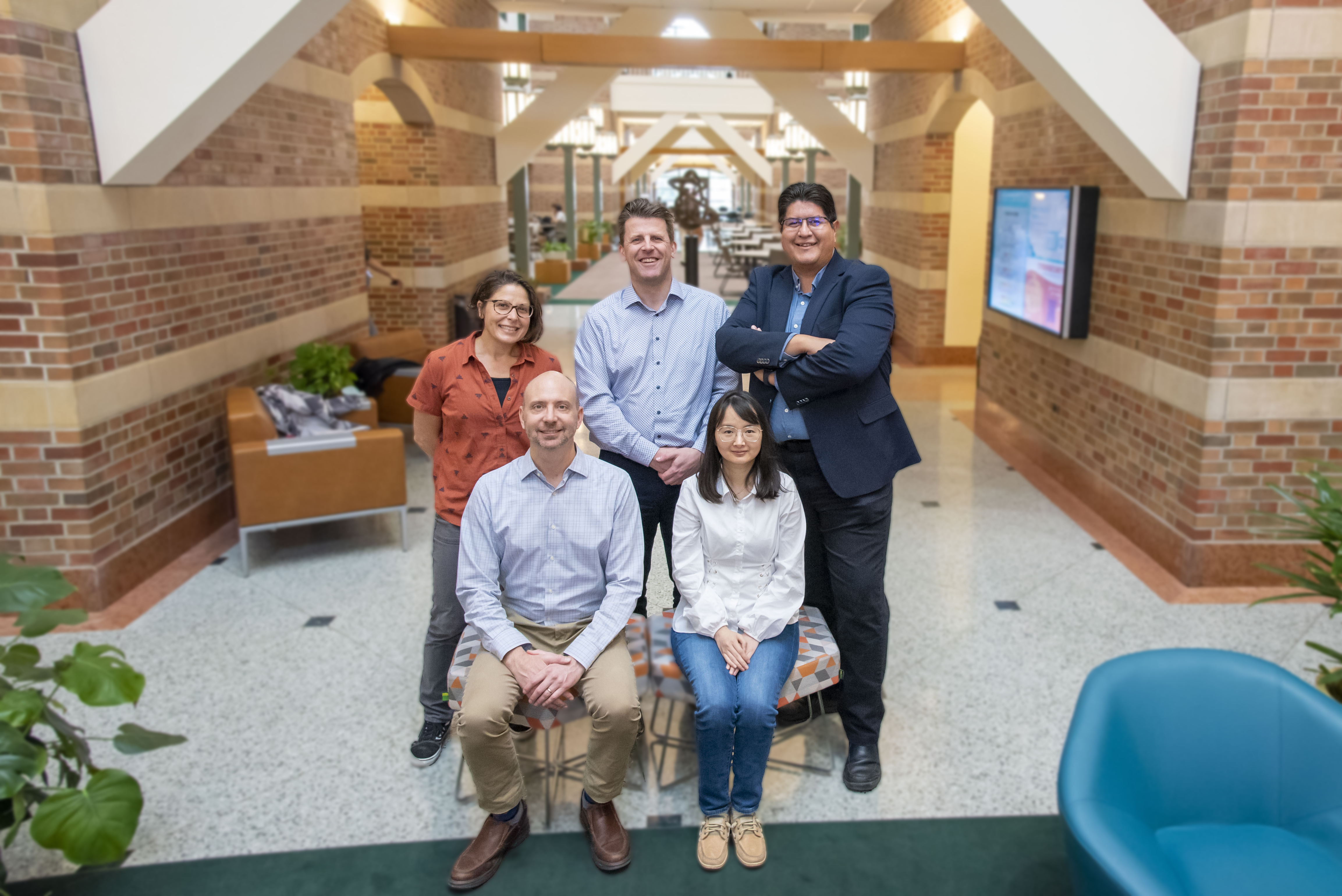
Researchers at the Beckman Institute will conduct electrochemical reactions in microdroplets to produce clean hydrogen, sequester carbon dioxide, and store renewable energies like wind and solar inexpensively and sustainably. Their project, called DROPLETS, received $4.5 million from the U.S. Department of Energy’s Office of Science through its Energy Earthshots Initiative.
Scientists have demonstrated “multielement ink” – the first “high-entropy” semiconductor that can be processed at low-temperature or room temperature. The new material could enable cost-effective and energy-efficient semiconductor manufacturing.
In a new Q&A, microelectronics expert and CHiPPS Director Ricardo Ruiz shares his perspective on keeping pace with Moore’s Law in the decades to come through a revolutionary technique called extreme ultraviolet lithography.
The Biden administration is taking big steps to advance carbon removal – announcing funding up to $1.2 billion to establish two direct air capture hubs in Louisiana and Texas. The administration is also expected to announce details of a new…
The Environmental Molecular Sciences Laboratory (EMSL) is seeking biological and environmental science project proposals for the Fiscal Year 2024 Exploratory Research Call through 5 p.m. on Thursday, July 6.
Casi dos millones de objetos, que incluyen galaxias distantes, cuásares y estrellas, se encuentran en la publicación preliminar de datos del Instrumento Espectroscópico de Energía Oscura (DESI), del Laboratorio Nacional Lawrence Berkeley, en el Observatorio Nacional de Kitt Peak, un Programa de NOIRLab de NSF. Estos datos ayudarán a los investigadores a estudiar la historia de la expansión del Universo con un detalle sin precedentes y explorar otras áreas de la investigación astrofísica de frontera. DESI es financiado por el Departamento de Energía de los Estados Unidos y administrado por el Laboratorio Berkeley.
Nearly two million objects, including distant galaxies, quasars, and stars, comprise the early data release from the Lawrence Berkeley National Laboratory Dark Energy Spectroscopic Instrument (DESI) at Kitt Peak National Observatory, a Program of NSF’s NOIRLab. These data will help researchers study the expansion history of the Universe in unprecedented detail and explore other frontier areas of astrophysical research. DESI is funded by the US Department of Energy and managed by Berkeley Lab.
Scientists at the Department of Energy’s Oak Ridge National Laboratory have invented a coating that could dramatically reduce friction in common load-bearing systems with moving parts, from vehicle drive trains to wind and hydroelectric turbines.
ASBMB emphasizes the importance of preserving research from scientists supported by the NIH, NSF and DOE during debt-ceiling deal
As a Distinguished Staff Fellow in the Chemical Sciences Division focused on energy storage and conversion, Andrew Ullman of Oak Ridge National Laboratory is using chemistry to devise a better battery.
Mechanical and aerospace engineering faculty at The University of Alabama in Huntsville (UAH) have won a pair of research awards totaling $750,000 to collaborate with the Los Alamos National Laboratory (LANL) on research to advance knowledge toward one of the most sought-after goals of plasma physics, plasma fusion energy. This project marks the first experimental collaboration between the university and the LANL, helping to bring fusion and high energy density (HED) plasma research to UAH, a part of The University of Alabama System.

Scientists at Berkeley Lab have developed a polymer coating that could enable longer lasting, more powerful lithium-ion batteries for electric vehicles. The advance opens up a new approach to developing EV batteries that are more affordable and yet easy to manufacture.
A team from Berkeley Lab and Florida State University has designed a new blueprint for solid-state batteries that are less dependent on specific chemical elements. Their work could advance efficient, affordable solid-state batteries for electric cars.
On their way to market, technologies often reach what is called the “valley of death,” the point where a researcher or institution has developed a promising idea, has received funding through grants, and then runs out of cash to move the idea beyond the laboratory.
The Department of Energy has announced the first ever fusion reaction to generate more energy than used to start the reaction. Gennady Schvets is an expert on fusion and plasma physics at Cornell University who will lead Cornell’s Laboratory of…
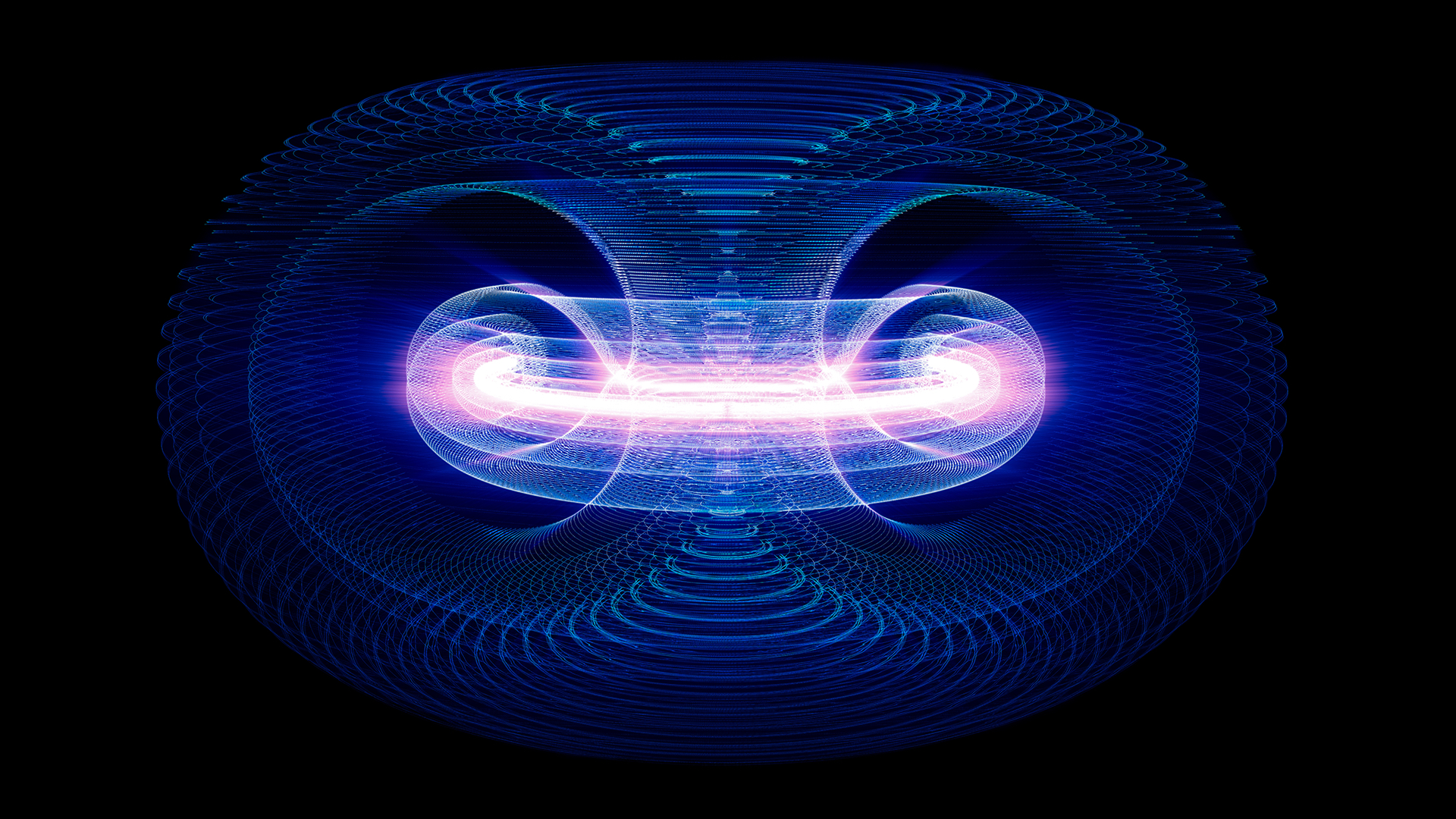
The U.S. Department of Energy has awarded PPPL funding of more than $12 million to work with laboratories around the world to accelerate the development of a pilot plant powered by the carbon-free fusion energy that drives the sun and stars and can counter climate change.
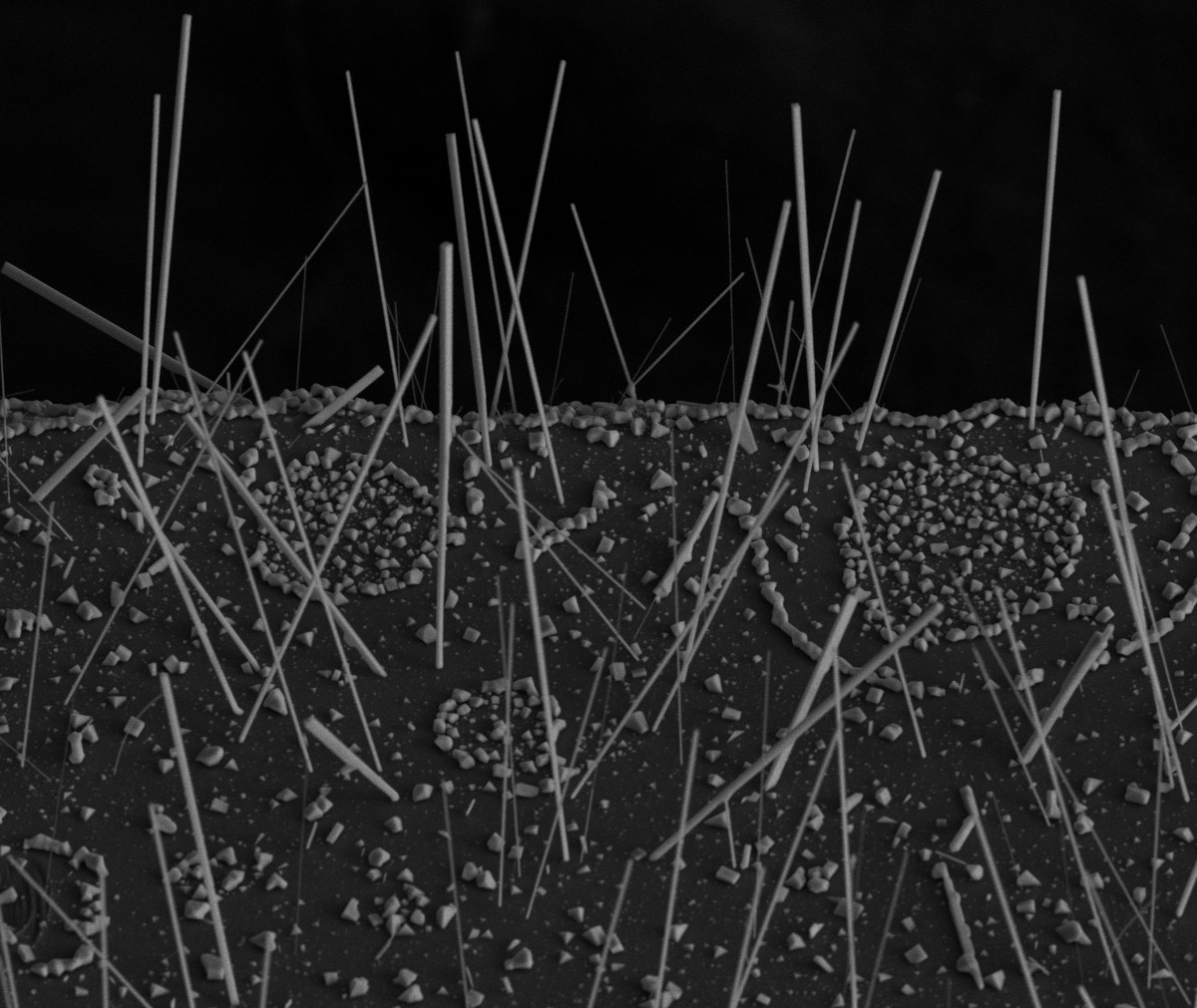
A lead-free solar material developed by Berkeley Lab scientists offers a simpler and more sustainable approach to solar cell manufacturing. The advance could also benefit halide perovskites, a promising solar technology that requires much less energy to manufacture than silicon.
The U.S. Department of Energy’s (DOE) Thomas Jefferson National Accelerator Facility has appointed Johnathon Huff as its Chief Operating Officer (COO). The COO is responsible for the business functions of Jefferson Lab, including business and finance, health and safety, human resources, procurement, facilities management, communications, legal and performance assurance. Huff will take on the responsibilities of this role in mid-June.
Case Western Reserve University chemical engineers are working on a new generation of smaller, safer and less expensive batteries they say could allow electrical energy to be stored four times longer.
New Berkeley Lab breakthroughs: engineering chemical-producing microbes; watching enzyme reactions in real time; capturing the first image of ‘electron ice’; revealing how skyrmions really move
Scientists have reported new clues to solving a cosmic conundrum: How the quark-gluon plasma – nature’s perfect fluid – evolved into the building blocks of matter during the birth of the early universe.
A team led by researchers at Lawrence Berkeley National Laboratory (Berkeley Lab) and UC Berkeley has demonstrated an approach for achieving LEDs with near 100% light-emission efficiency at all brightness levels.
PPPL physicist Erik Gilson, a long-time Science Undergraduate Laboratory Internship mentor, joins U.S. Secretary of Energy Jannifer Grandholm and other mentors and former interns on a panel discussion about the U.S. Department of Energy’s internship programs
Scientists at Berkeley Lab and UC Berkeley have created an ultrathin magnet that operates at room temperature. The ultrathin magnet could lead to new applications in computing and electronics – such as spintronic memory devices – and new tools for the study of quantum physics.
The collaborative project aims to design, install and deploy a buoy-based flux measurement system that can provide new insight on offshore wind conditions and improve forecast models.
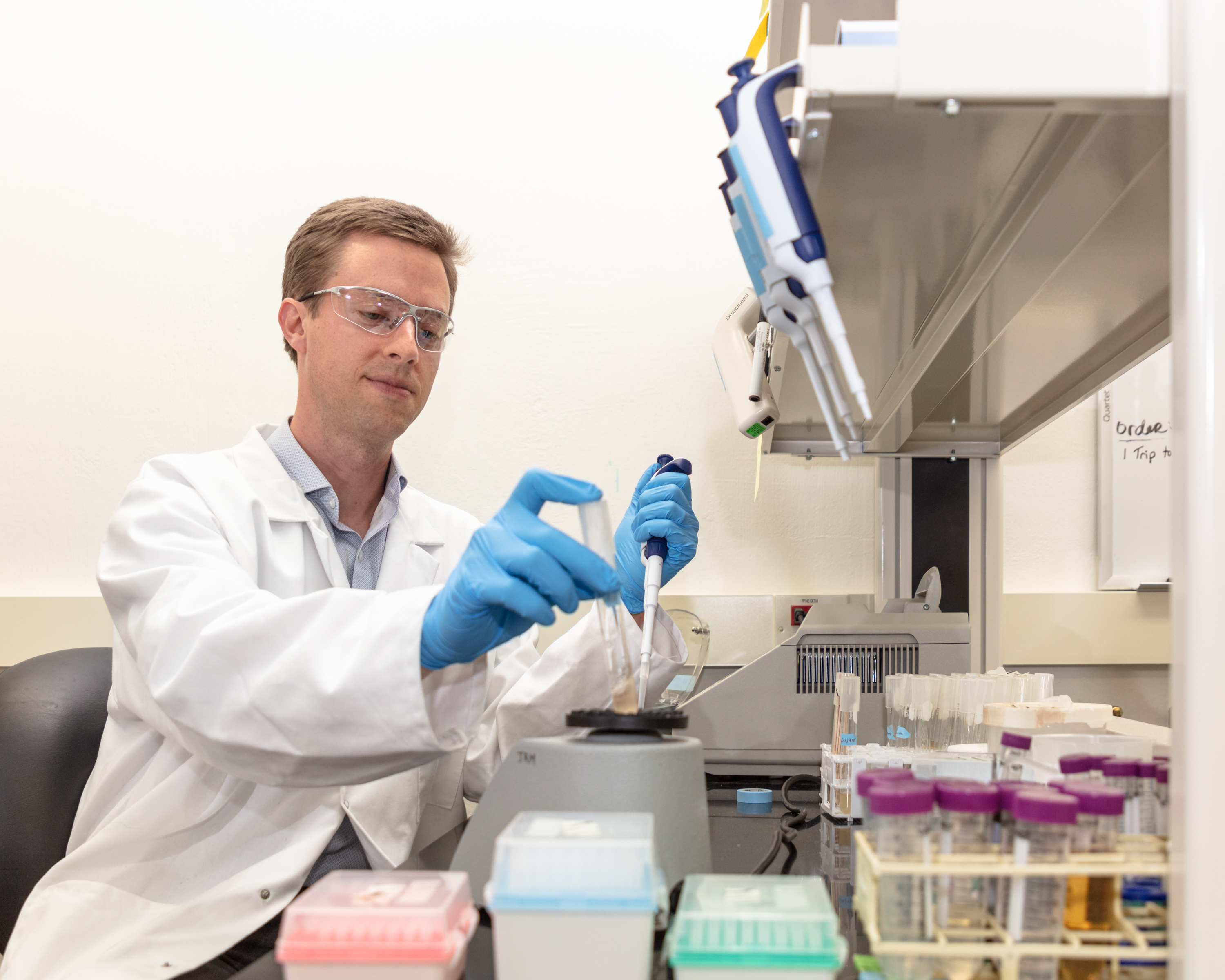
In a step toward increasing the cost-effectiveness of renewable biofuels and bioproducts, scientists at Oak Ridge National Laboratory discovered a microbial enzyme that degrades tough-to-break bonds in lignin, a waste product of biorefineries.
Scientists at Berkeley Lab and UC Berkeley have developed a nanoparticle composite that grows into 3D crystals. The new 3D-grown material could speed up production and eliminate errors in the mass manufacturing of nanoscale photonics for smart buildings or actuators for robotics.
In a decade-long quest, scientists at Berkeley Lab, the University of Hawaii, and Florida International University uncover new clues to the origins of the universe – and land new chemistry for cleaner combustion engines
Scientists at Berkeley Lab and UC Berkeley have compiled the most complete library yet of lanthanide heavy metals and their potential toxicity – by exposing baker’s yeast to lanthanides. Their findings could help researchers uncover hidden pathways between lanthanide metals and disease.
Chun Shen, Ph.D., assistant professor of physics and astronomy in Wayne State University’s College of Liberal Arts and Sciences, was awarded a five-year, $750,000 award from the U.S. Department of Energy’s Early Career Research Program for his project, “Quantitative Characterization of Emerging Quark-Gluon Plasma Properties with Dynamical Fluctuations and Small Systems.”
A special livestream event at the 239th ECS Meeting with IMCS18 features representatives of a subcommittee of the U.S. Department of Energy’s Basic Energy Science Advisory Committee (BESAC) reporting on research and requesting input on the future of international scientific research. “Benchmarking Innovation: The Future of International Scientific Research” takes place on June 1, from 1400-1500h EDT, after which the content will be available through June 26, 2021.
At the Department of Energy’s Oak Ridge National Laboratory, scientists use artificial intelligence, or AI, to accelerate the discovery and development of materials for energy and information technologies.
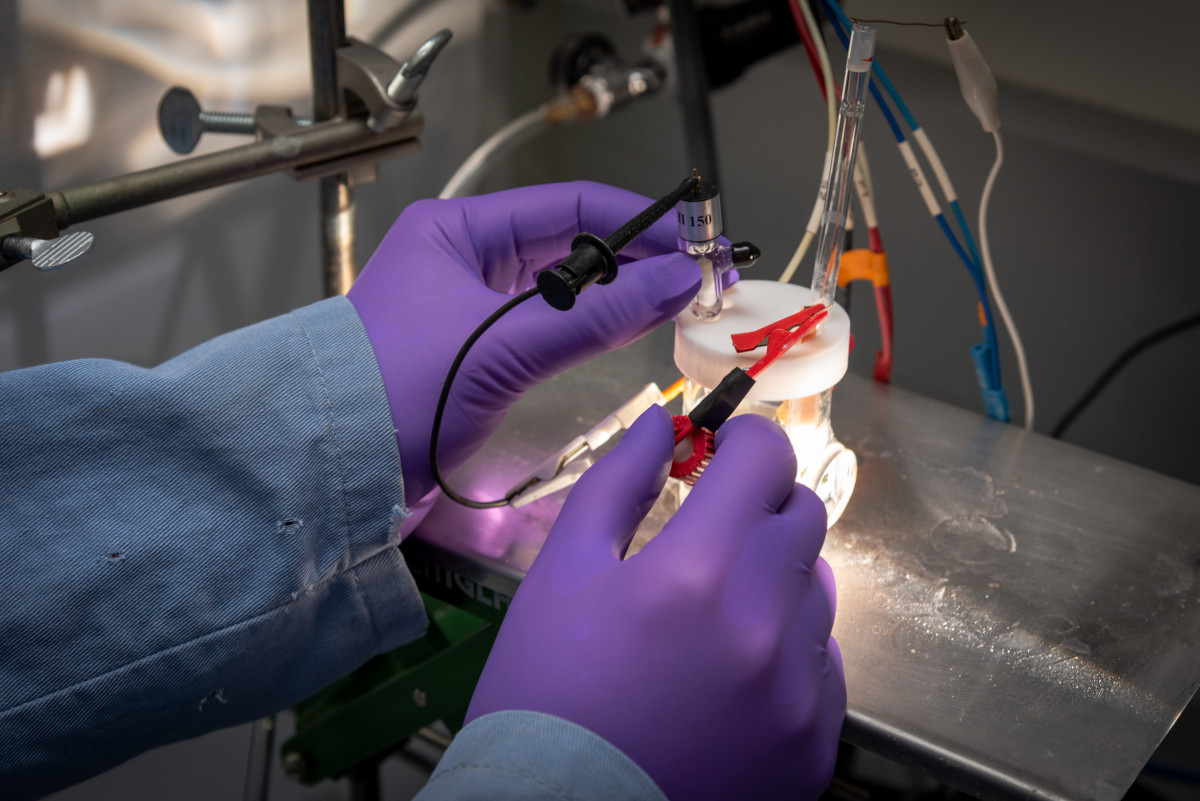
Scientists at Berkeley have uncovered an extraordinary self-improving property that transforms an ordinary semiconductor into a highly efficient and stable artificial photosynthesis device
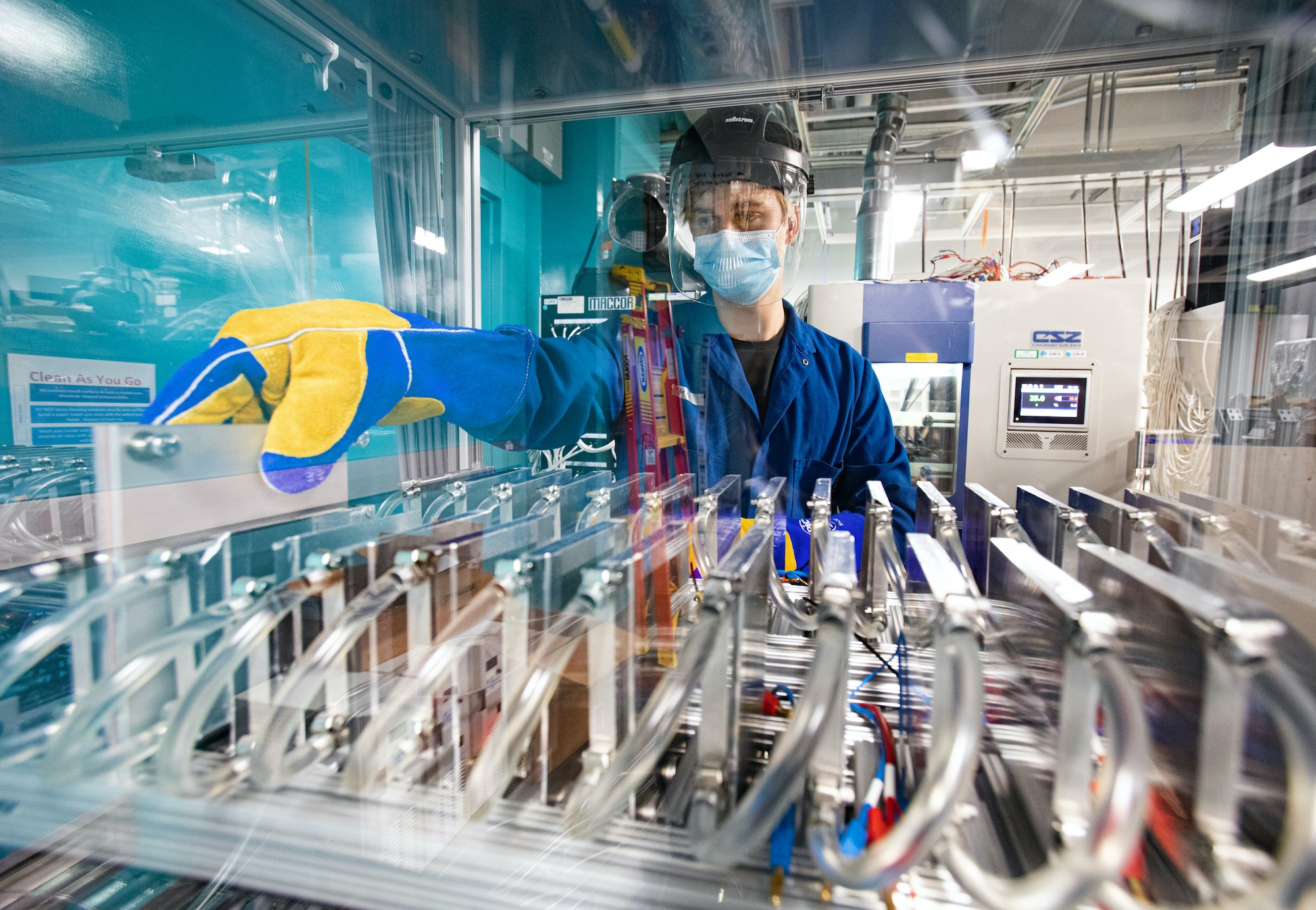
Science Snapshots from Berkeley Lab: X-rays accelerate battery R&D; infrared microscopy goes off grid; substrates support 2D tech
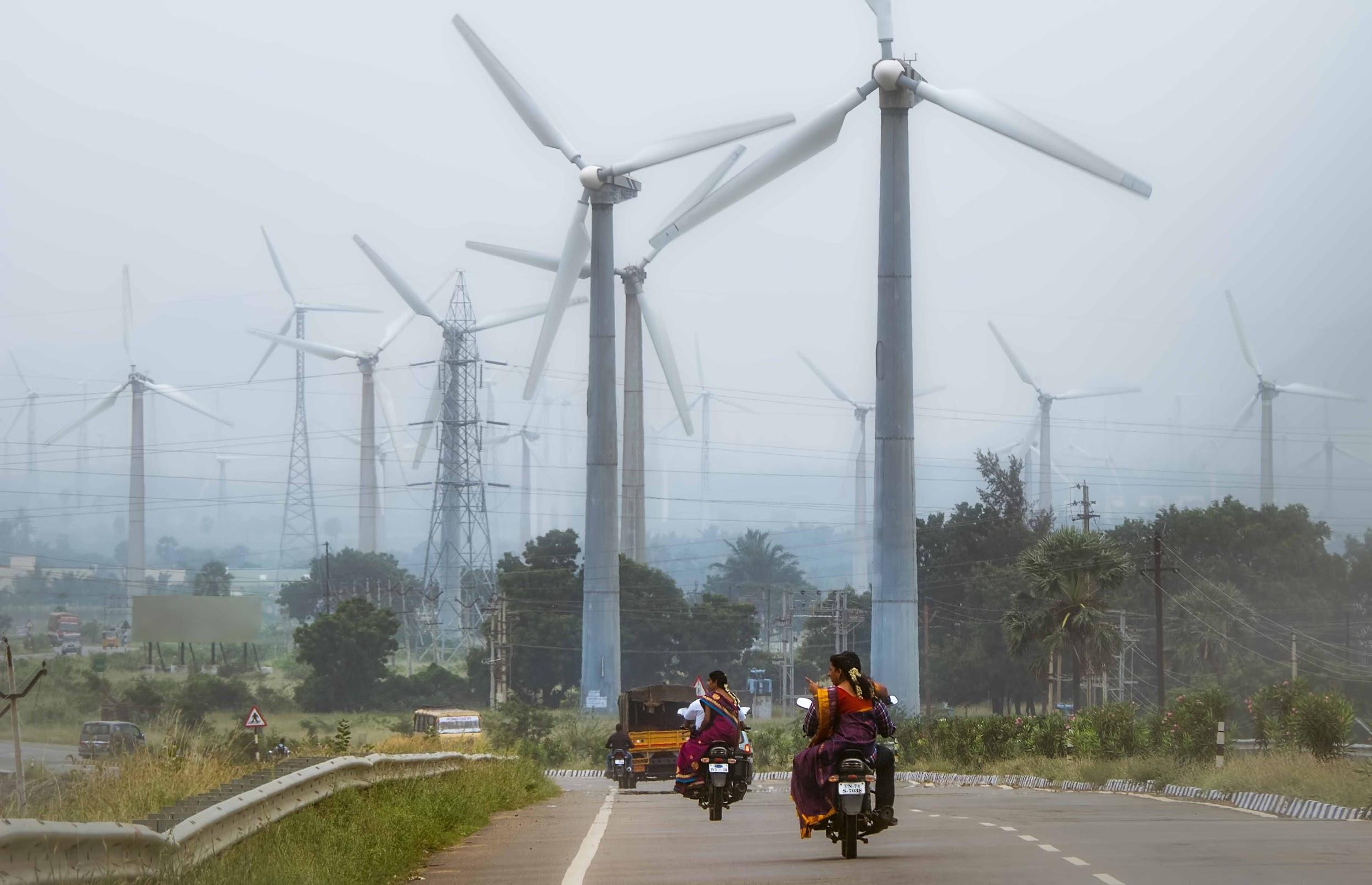
India’s Ambitious Clean Energy Goals, a Secret Pathway to Harnessing the Sun for Clean Energy, and a Supersmart Gas Sensor for Asthmatics

March Science Snapshots from Berkeley Lab

Researchers at the Massachusetts Institute of Technology (MIT) have succeeded in developing an artificial intelligence (AI) approach to detect electron correlation – the interaction between a system’s electrons – which is vital but expensive to calculate in quantum chemistry.
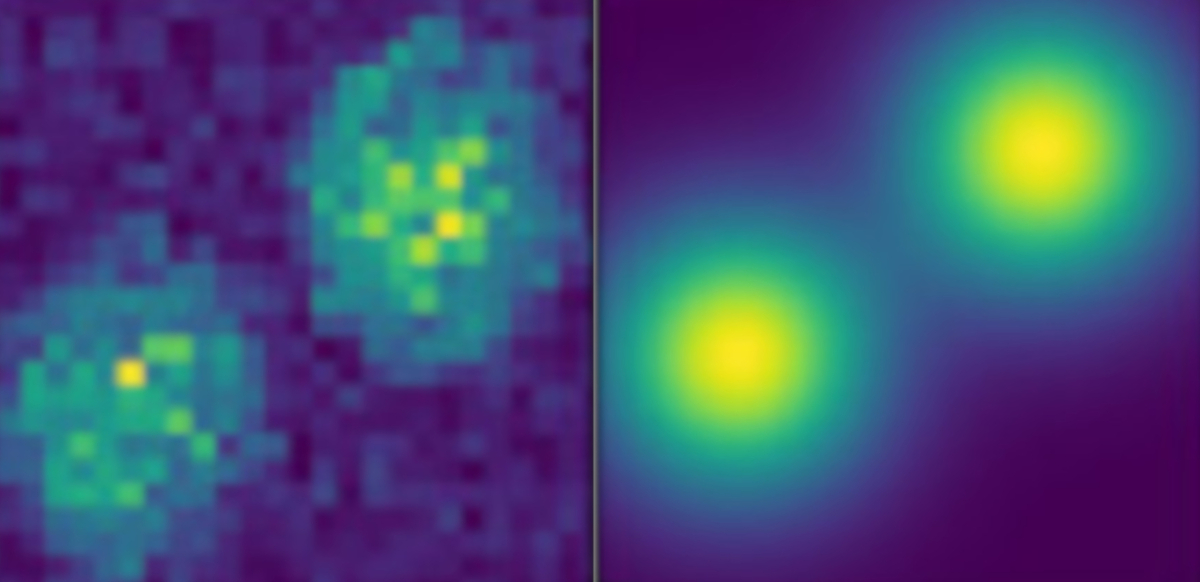
A team of researchers co-led by Berkeley Lab and Columbia University has developed a new material called avalanching nanoparticles that, when used as a microscopic probe, offers a simpler approach to taking high-resolution, real-time snapshots of a cell’s inner workings at the nanoscale.
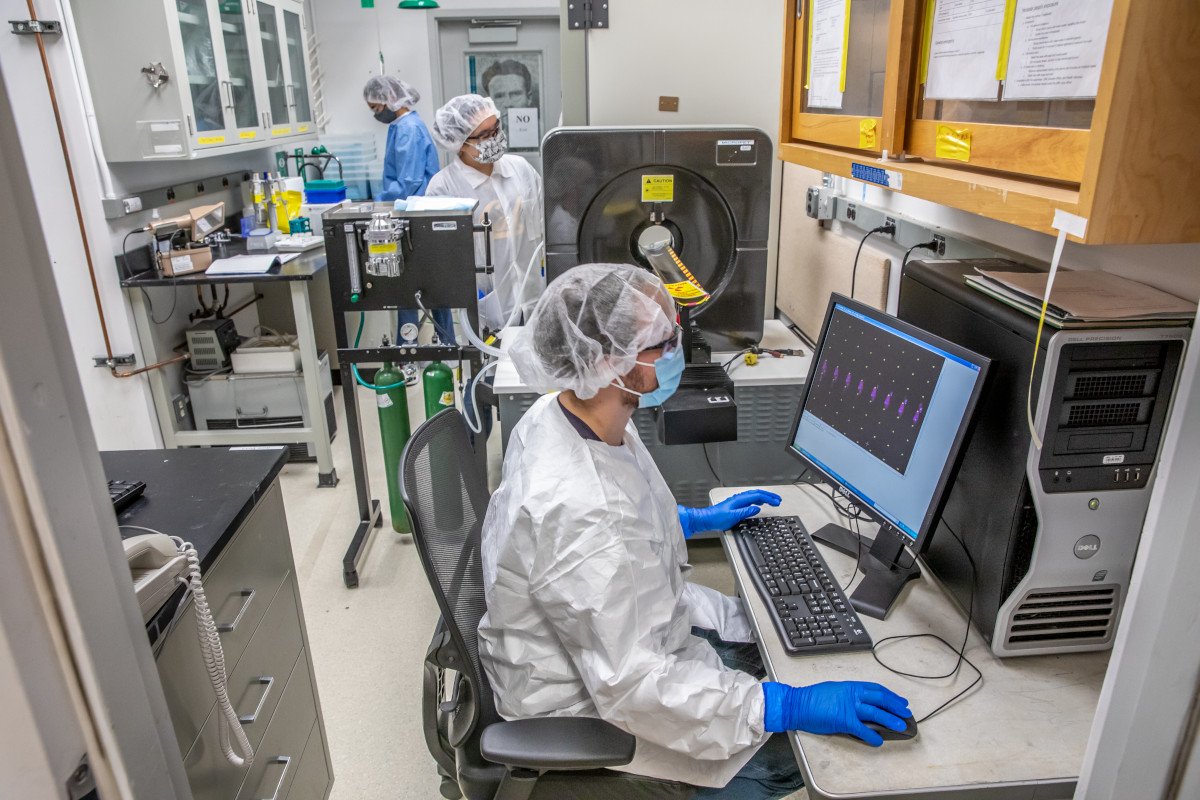
Researchers from Berkeley Lab and Los Alamos National Laboratory have developed new methods for the large-scale production, purification, and use of the radioisotope cerium-134, which could serve as a PET imaging radiotracer for a highly targeted cancer treatment known as alpha-particle therapy.
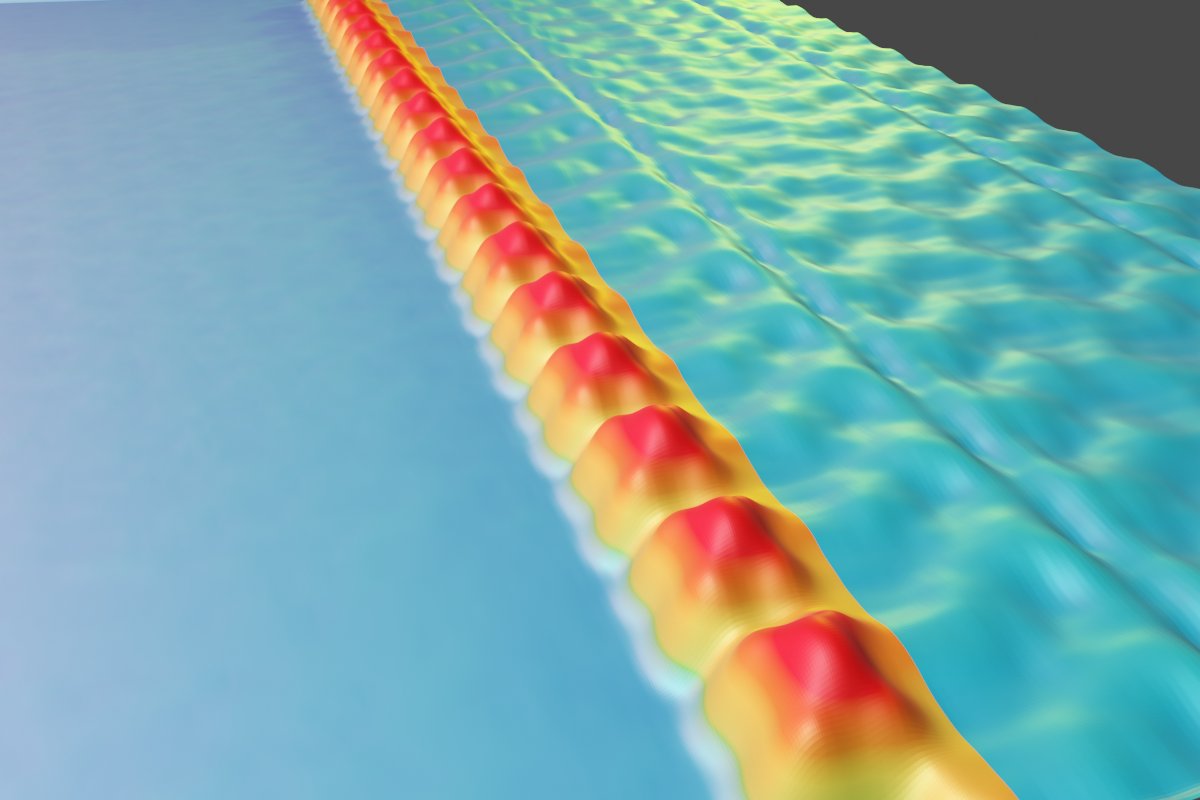
Removing one charged molecule from a one-dimensional array causes the others to alternately turn ‘on’ or ‘off,’ paving the way for information transfer in tiny circuits